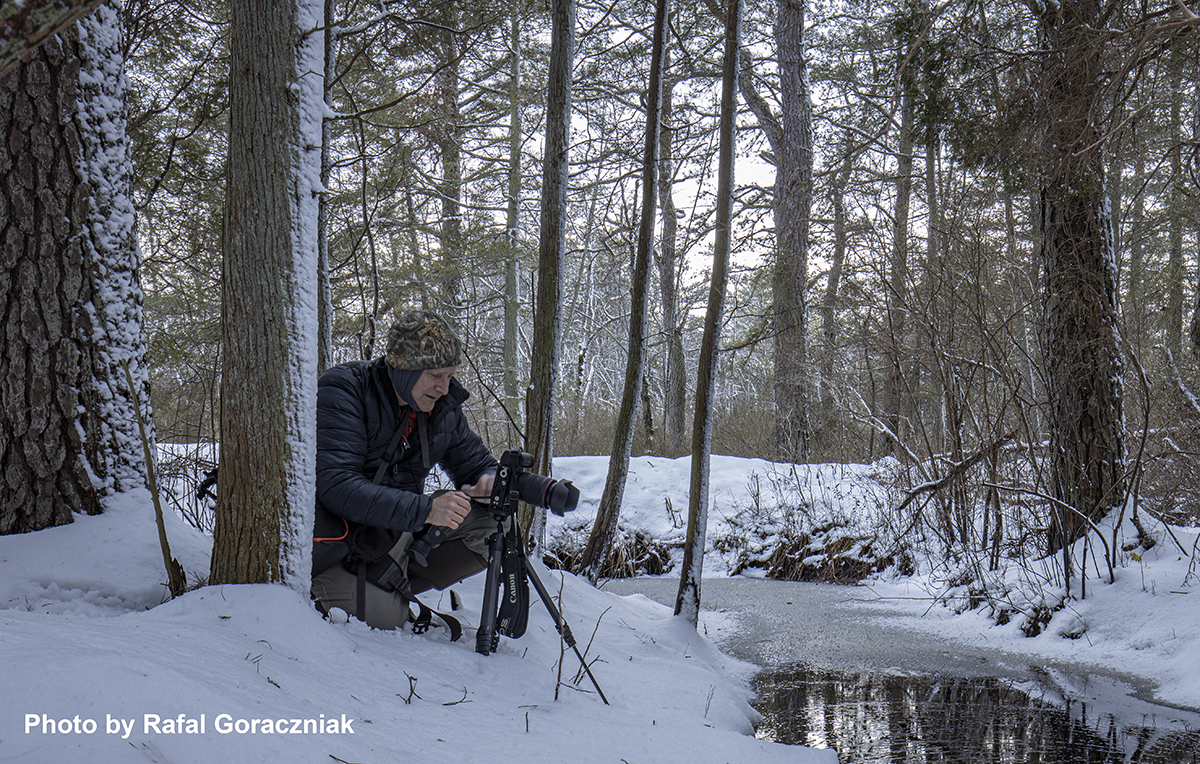Combining Landscape Photography and Hiking
 As a landscape photographer seeking to create art in the natural world my preferred method of exploring it is on foot. It is a way to combine my two big passions of hiking and photography. Although it would seem like these two activities easily mesh together, it becomes a challenge because of the weight.
As a landscape photographer seeking to create art in the natural world my preferred method of exploring it is on foot. It is a way to combine my two big passions of hiking and photography. Although it would seem like these two activities easily mesh together, it becomes a challenge because of the weight.
The camera and other needed gear such as extra lenses, tripod and filters that a landscape photographer needs are heavy, about 10 to 15 pounds. Add that to the necessary gear one should take into the backcountry such as water, clothing, emergency equipment, first aid, etc. and you end up with a heavy backpack.
The Search for the Perfect Backpack
The big challenge is not only to find the right camera gear but also to find the right backpack. There are not a lot of people looking to carry a large amount of camera gear to photograph backcountry landscapes, so there are not a lot of companies making backpacks for this purpose. Camera bags are usually designed to hold cameras and not much else. Hiking backpacks are designed to hold hiking gear and not sensitive and fragile equipment.
I’ve spent years trying to find a way to solve this challenge. I’ve tried a lot of homemade solutions. Nothing really worked that would provide enough space and easy access for cameras and other gear comfortably.
Now, fortunately, a few manufacturers are rising to the occasion and making bags that are designed to carry photography and hiking gear. I use two different packs. and recently become a hardcore convert to Mindshift Gear backpacks. They are built like regular hiking backpacks with all sorts of adjustments and they are also designed so you don’t have to take them off to access your camera gear. This is ideal for photographing in wet environments like cedar swamps or in the harsh environments of an abandoned building. For heavy duty hiking, swamps and bushwhacking, I like the Mindshift Photocross 13. It is a small, comfortable backpack that can hold a camera, 2 lenses, tripod, and some hiking gear. The camera and lenses are accessed from the side so you can slide it off your back and it becomes an easy to carry shoulder bag which is great when moving around tight places and standing in water. Although, nothing will make camera gear weigh any less, at least dragging it around on a backcountry bushwhack is a bit easier now.
Other Gear
Most of my work is in the New Jersey Pine Barrens. When you get to know a place very well, you start to explore more remote places. In the Pines that means bushwhacking. Bushwhacking here is different. The overgrown and wet environment is a killer to all that lightweight athletic clothing hikers love. After coming out of cedar swamps and savannas with wet feet, torn clothing and bleeding from scratches, I switched to clothing usually seen on job sites and farms. Carhartt makes relatively lightweight pants that can stand up to the thickest brambles and undergrowth. Big pockets allows quick access to things while allowing me to carry a smaller backpack which helps when maneuvering through tight spaces.
Muckboots are a brand of Knee high waterproof boots that are sturdy, strong and fit like a hiking boot. They are comfortable on long hikes although you are giving up breathability for being bulletproof and waterproof. As much as I love them, they don’t work well in uneven rocky environments. Hip waders are another asset for keeping dry in deep water and other hash environments.
